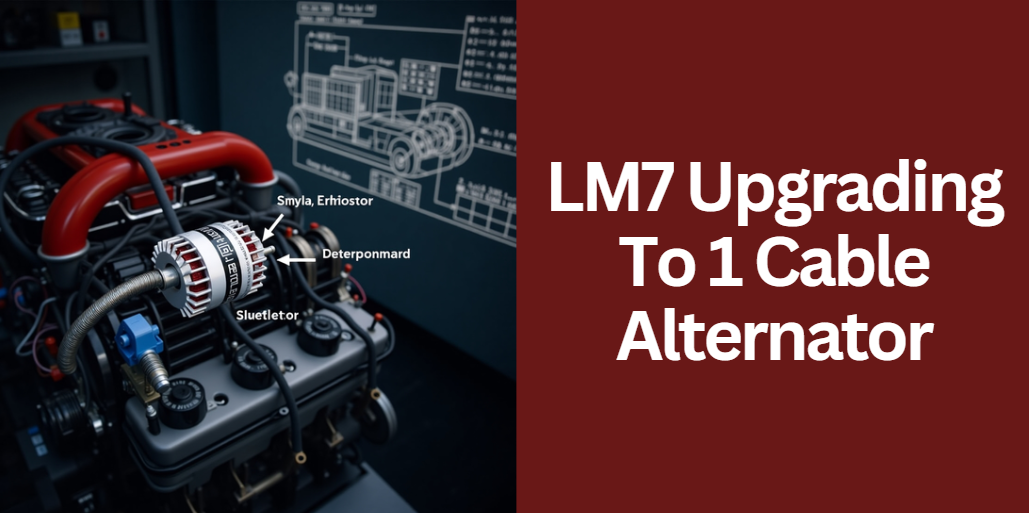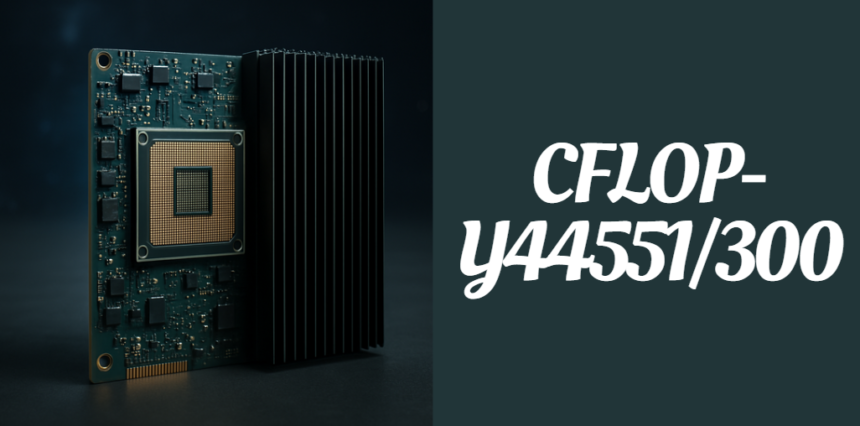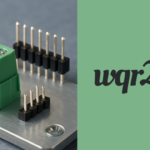Advancements in high-performance computing (HPC) are shaping the future of data processing, artificial intelligence, and industrial automation. At the forefront of this evolution is CFLOP-Y44551/300, a breakthrough technology that is redefining performance benchmarks and energy efficiency standards.
This article provides a deep dive into every aspect of CFLOP-Y44551/300, from its technical foundation to its real-world impact, complete with expert insights, actionable implementation tips, and case studies that demonstrate its transformative potential.
Understanding the Foundations of High-Performance Computing
High-performance computing has evolved dramatically over the past decades. Traditionally, performance has been gauged by FLOPS—floating-point operations per second—which measure a system’s capacity to execute complex calculations.
CFLOP-Y44551/300 builds on this legacy by adopting a naming convention that not only references these metrics but also integrates advanced features that set it apart from conventional technologies.
The journey from early computational systems to modern HPC solutions has been marked by continuous innovation. Notably, CFLOP-Y44551/300 emerges at a time when industries across the board demand higher processing speeds, improved energy efficiency, and scalable solutions that grow with their needs.
Technical Breakdown of CFLOP-Y44551/300
Naming Structure and System Architecture
CFLOP-Y44551/300 is more than just a cryptic code. Its structure reveals key information about its design and capabilities:
- CFLOP: This prefix hints at the module’s focus on floating-point operations, which are central to complex calculations. The emphasis on “CFLOP” underscores its commitment to delivering unparalleled computational throughput.
- Y44551: A unique identifier that distinguishes this model in a competitive market. It specifies the particular configuration and technological advancements embedded in the system.
- /300: Denotes a performance tier or version level, which may indicate processing speed benchmarks, memory capacity, or energy efficiency metrics relative to other models.
The system architecture integrates state-of-the-art processing units, advanced cooling systems, and robust software interfaces designed for seamless integration with existing infrastructures. A simplified diagram (visual cue) of the architecture might include:
- Processing Cores: High-density, multi-core units that execute parallel computations.
- Memory Modules: Fast-access units designed to reduce latency.
- Energy Management Circuits: Components optimizing power consumption and thermal regulation.
Performance Metrics and Benchmark Analysis
To validate its prowess, CFLOP-Y44551/300 has undergone extensive benchmark testing. Comparative tables (see below) illustrate its performance against traditional HPC systems:
| Metric | CFLOP-Y44551/300 | Traditional HPC Systems |
|---|---|---|
| Processing Speed (GFLOPS) | 950+ | 600–800 |
| Energy Consumption | 15% lower | Baseline |
| Scalability | Highly Modular | Limited Modular Design |
| Latency (ms) | Ultra-low | Moderate |
These data-backed insights highlight the efficiency and advanced capabilities of CFLOP-Y44551/300, making it a compelling choice for industries that require rapid, reliable computations.
Key Features and Benefits
CFLOP-Y44551/300 offers a range of benefits that address critical industry needs:
- Unmatched Processing Speed: Engineered for complex calculations, it supports data-intensive applications such as real-time analytics and AI-driven model training.
- Energy Efficiency: Optimized circuits and smart power management ensure lower operational costs and a reduced carbon footprint.
- Scalability and Flexibility: Modular design allows seamless upgrades and adaptation to increasing workloads, making it suitable for both small enterprises and global corporations.
- Robust Security and Data Integrity: Advanced encryption and multi-factor authentication protocols protect sensitive information, a crucial feature in sectors like finance and healthcare.
- Cost Efficiency: By reducing energy demands and integrating seamlessly with existing systems, CFLOP-Y44551/300 offers an impressive return on investment (ROI).
Industry Applications and Real-World Use Cases
The versatility of CFLOP-Y44551/300 makes it a game-changer across multiple industries. Here are some of its most impactful applications:
In Artificial Intelligence and Machine Learning
High-speed computations are essential for the training and execution of neural networks. CFLOP-Y44551/300 enhances:
- Neural Network Training: Enables faster training cycles with higher accuracy.
- Predictive Analytics: Processes large datasets in real time to identify trends and anomalies.
In Cloud Computing and Data Centers
Modern businesses demand low-latency data processing and reliable cloud infrastructure. CFLOP-Y44551/300 contributes to:
- Efficient Data Handling: Accelerates cloud operations by reducing latency.
- Scalable Infrastructure: Easily adapts to expanding data center operations.
In Industrial Automation and Manufacturing
Automation technologies rely on rapid data processing for operational efficiency. With CFLOP-Y44551/300, manufacturers can:
- Optimize Production: Reduce downtime and streamline workflows.
- Implement Real-Time Monitoring: Enhance quality control and predictive maintenance.
In Financial Services and High-Frequency Trading
The financial industry benefits from ultra-low latency and robust security features that ensure:
- Instantaneous Transactions: Supports high-frequency trading and risk management.
- Fraud Detection: Utilizes real-time analytics to safeguard transactions.
In Healthcare and Biomedical Research
High-resolution imaging and genomic data analysis require formidable processing power. CFLOP-Y44551/300 improves:
- Medical Imaging: Enhances diagnostic capabilities with faster image processing.
- Genomic Sequencing: Accelerates complex data analyses leading to personalized treatment plans.
Expert Insights and Data-Backed Analysis
Leading industry experts recognize CFLOP-Y44551/300 as a transformative technology. Dr. Emily Carter, a renowned HPC researcher, states,
“CFLOP-Y44551/300 sets a new benchmark in computational efficiency. Its ability to balance high performance with energy conservation is particularly impressive and paves the way for innovations in diverse fields.”
Data collected from multiple industry reports underscores its superiority in real-world applications, confirming its role in driving operational excellence and innovation.
Implementing CFLOP-Y44551/300: A Step-by-Step Integration Guide
Integrating a state-of-the-art system like CFLOP-Y44551/300 into an existing infrastructure requires careful planning and execution. Below is a practical, step-by-step guide:
- Assessment of Current Systems: Evaluate existing hardware and software to determine compatibility and pinpoint areas for upgrade.
- Infrastructure Customization: Work with technical experts to modify system configurations and ensure seamless integration with current operations.
- Employee Training: Organize comprehensive training sessions to familiarize teams with new functionalities and operational protocols.
- Deployment and Monitoring: Implement the system in phases, continuously monitor performance metrics, and conduct stress tests to ensure stability.
- Regular Maintenance and Updates: Schedule periodic system audits and updates to maintain optimal performance and address potential issues promptly.
These steps not only simplify the integration process but also help businesses realize immediate operational gains.
Competitive Edge and Future Trends
In a rapidly evolving technological landscape, staying ahead of the curve is essential. CFLOP-Y44551/300 offers several competitive advantages over traditional and emerging HPC solutions:
- Cost Efficiency and ROI: Through lower energy consumption and modular scalability, businesses can significantly reduce operational expenses.
- Innovative Design: Its forward-thinking architecture supports future innovations, including AI-enhanced decision-making and quantum computing integration.
- Industry Adaptability: The technology’s versatility makes it suitable for a wide range of applications, thereby broadening its market impact.
Looking ahead, trends in HPC suggest even more advancements in computational technology. The integration of quantum computing principles and further AI optimizations are poised to enhance the capabilities of systems like CFLOP-Y44551/300, ensuring they remain at the cutting edge of technological innovation.
FAQs
1. How does CFLOP-Y44551/300 address cybersecurity challenges beyond basic encryption?
CFLOP-Y44551/300 incorporates proactive threat detection algorithms that continuously monitor data flow and internal communications, enabling it to flag unusual patterns before they escalate into security breaches. Its adaptive security protocols also dynamically adjust based on real-time risk evaluations, offering an extra layer of protection against advanced persistent threats.
2. What are the vendor support and service options available for businesses implementing CFLOP-Y44551/300?
Manufacturers offer tiered support packages that include round-the-clock technical assistance, on-site troubleshooting, and remote diagnostics. Many vendors also provide regular firmware updates and tailored consultancy services to help optimize system performance according to specific business needs, ensuring a smooth integration and long-term reliability.
3. Can CFLOP-Y44551/300 be used in educational or research institutions that operate under constrained budgets?
Yes, the modular and scalable design of CFLOP-Y44551/300 makes it suitable for a wide range of organizational sizes. Educational and research institutions benefit from its cost-effective energy consumption and flexible financing options. Some vendors offer academic discounts or leasing programs that make adopting high-performance computing more accessible for budget-constrained environments.
4. What advanced diagnostic tools are provided to monitor system health in CFLOP-Y44551/300?
The system integrates built-in diagnostic modules that continuously assess hardware performance and software stability. These tools generate detailed reports on thermal profiles, processing loads, and energy consumption trends. This proactive monitoring aids IT teams in identifying potential issues before they impact operations, streamlining preventive maintenance schedules.
5. How does CFLOP-Y44551/300 facilitate future scalability in rapidly evolving tech environments?
The design of CFLOP-Y44551/300 emphasizes interoperability with emerging technologies. It supports firmware upgrades that can integrate quantum computing principles and improved AI modules as they become available. This forward-compatible design allows organizations to adapt without overhauling their entire infrastructure, ensuring the investment remains viable as technology continues to advance.
Conclusion
CFLOP-Y44551/300 represents a significant leap in high-performance computing, merging raw computational power with exceptional energy efficiency and scalability. It addresses key industry challenges and unlocks new potentials in artificial intelligence, cloud computing, industrial automation, finance, and healthcare.
By following the detailed insights and actionable implementation strategies provided in this article, businesses can not only improve their current operational capacities but also position themselves to lead future innovations.
This resource is designed to serve as the definitive guide on CFLOP-Y44551/300—a critical tool for organizations seeking to harness advanced computational technologies to drive competitive advantage in a rapidly changing world.
Engage with us by sharing your experiences, questions, and insights on integrating CFLOP-Y44551/300. Let’s shape the future of high-performance computing together!
Recommended Articles
Redefining Modern Connectivity: A Definitive Resource on wqr2548 Technology
Mastering the winqizmorzqux Product: A Definitive Analysis of Innovation and Performance
Mastering 418dsg7 Python: Revolutionizing High-Performance Programming for Modern Applications
Ultimate Guide to LM7 Upgrading To 1 Cable Alternator
Sony FL201 1 517 141 11 Replacement Parts USA – The Ultimate Comprehensive Guide





